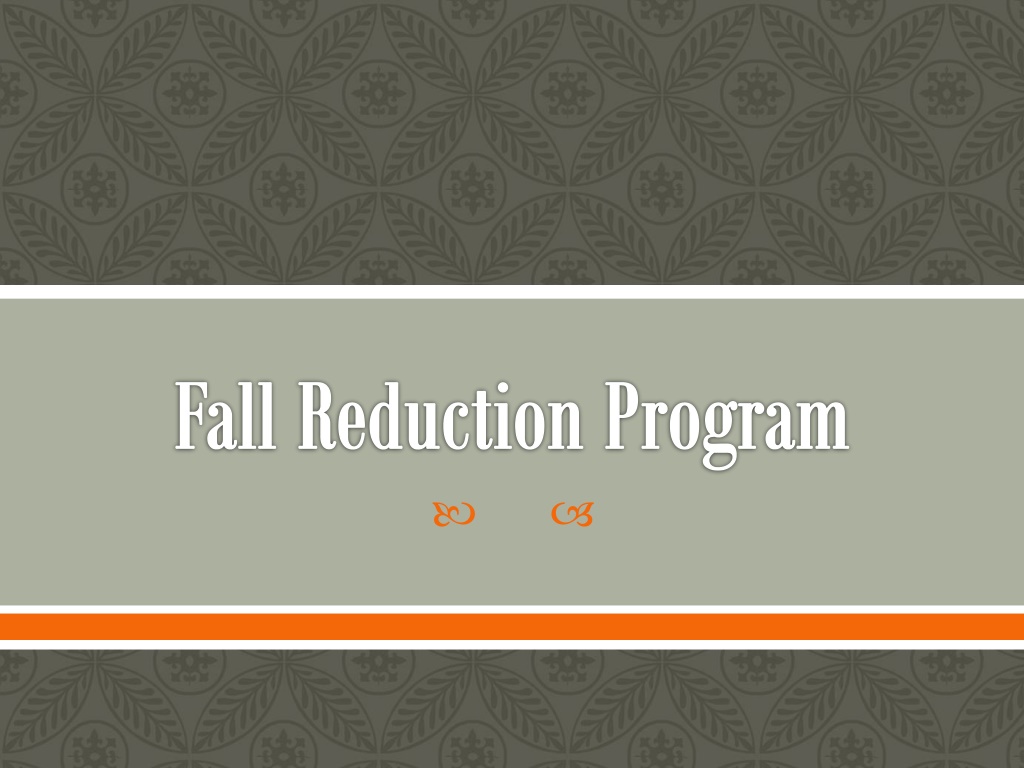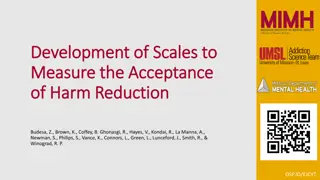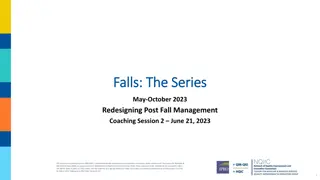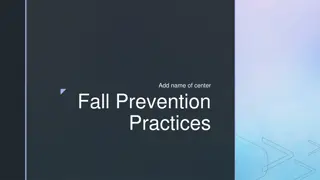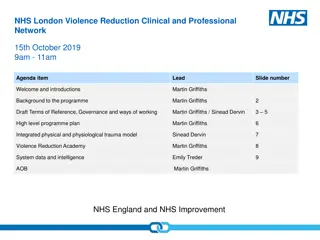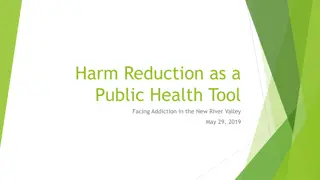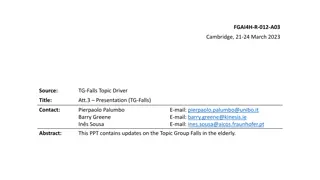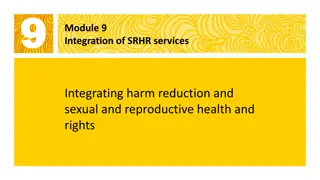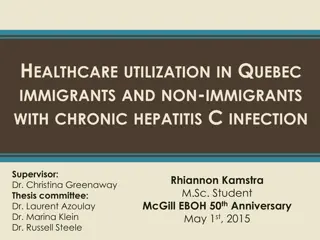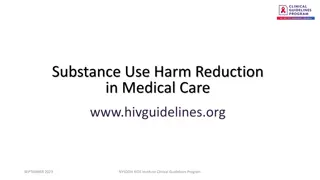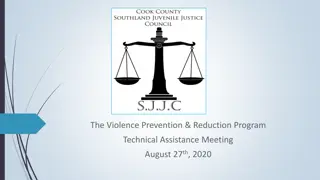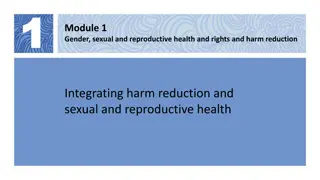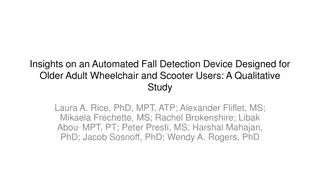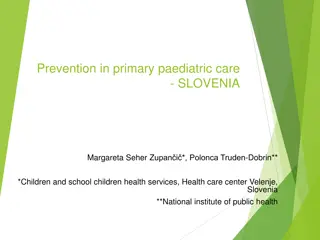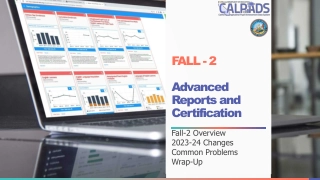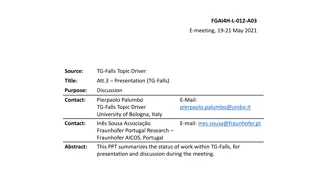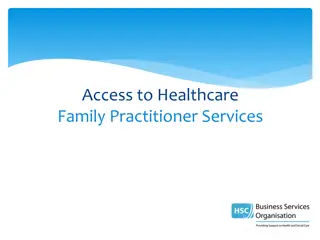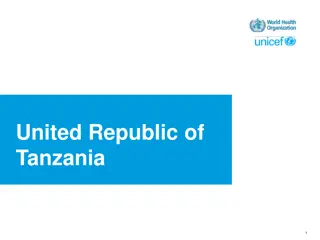Comprehensive Fall Reduction Programs in Healthcare
These programs aim to reduce patient-related falls by accurately assessing and identifying at-risk individuals, implementing effective interventions, and ensuring communication within interdisciplinary teams. Inpatient interventions include using yellow identifiers, placing patients strategically, educating patients on fall prevention, and reviewing medications. Outpatient protocols involve identifying fall risks, using appropriate transfer techniques, and informing patients and families of fall risk status. The goal is to enhance patient safety and prevent injuries associated with falls.
Uploaded on Oct 03, 2024 | 0 Views
Download Presentation

Please find below an Image/Link to download the presentation.
The content on the website is provided AS IS for your information and personal use only. It may not be sold, licensed, or shared on other websites without obtaining consent from the author. Download presentation by click this link. If you encounter any issues during the download, it is possible that the publisher has removed the file from their server.
E N D
Presentation Transcript
Fall Reduction Program Purpose: Purpose: To decrease the occurrence of patient related falls and related injuries through accurate assessment, identification of patients at risk, and implementation of effective interventions.
Inpatient Fall Prevention Program If a patient is identified at risk for falling, this risk should be included in the patient s plan of care and communication with the interdisciplinary team should occur by placement of the yellow armband on the patient, yellow non-skid socks on the patient and yellow fall symbol on / outside the door to the patient s room. **Note in change-of-shift reports that the patient is on Fall Precautions. MMH also identifies fall risk patients with the yellow armbands and posts Catch a Falling notification sheets in alcove windows.
Interventions Place at-risk patients in rooms near the nurses station, if possible. floor is dry pathway to bathroom is clear of clutter All healthcare providers, with each patient All healthcare providers, with each patient visit, are to check for the following: visit, are to check for the following: patient understanding to call for assistance when getting out of bed bed in low position, wheels locked, brakes on top two side rails are up, all four if indicated the possibility of the least restrictive restraint bed alarm activated zero bed prior to placing new patient in bed. utilize minimal lift equipment or assistive device appropriate for the patient reorient patient to room / environment Educate the patient and/or family/visitors on fall prevention strategies. toileting needs Review medications which place patients at greater risk for falls. call light, water, phone, glasses, hearing aid, cane, walker, etc. within reach If a patient falls, complete an Occurrence Report Trending System (ORTS) Report and review plan of care to assure interventions are implemented appropriately. All MCH inpatients are assessed on admission and reassessed, at minimum, daily MCH-2071. night light is on at dark bedside table is on the opposite side of the exit side of bed to avoid using the table as a support for transfer daily for fall risk per policy
Outpatient Fall Prevention Program It is the policy of Medical Center Hospital that all outpatients who present with an obvious unsteady gait, use of an assistive device (e.g. cane or walker) or who complains of unsteadiness are identified. Procedure Procedure 1. All outpatients who present with an obvious unsteady gait, use an assistive device (cane or walker), or who complains of unsteadiness will be identified as a fall risk, and each department will take appropriate precautions (i.e. offering a wheelchair). The use of appropriate transfer techniques will be used when moving the patient on or off a gurney, examination, or treatment surface. 2. The patient and family are informed of the patient s fall risk status. 3. The Emergency Department, Physical Medicine and Rehab Department, Outpatient Surgical Services, Cardiopulmonary Rehabilitation and Outpatient Pulmonary Rehab Program will treat all patients as a fall risk due to the inherent nature of the treatment.
